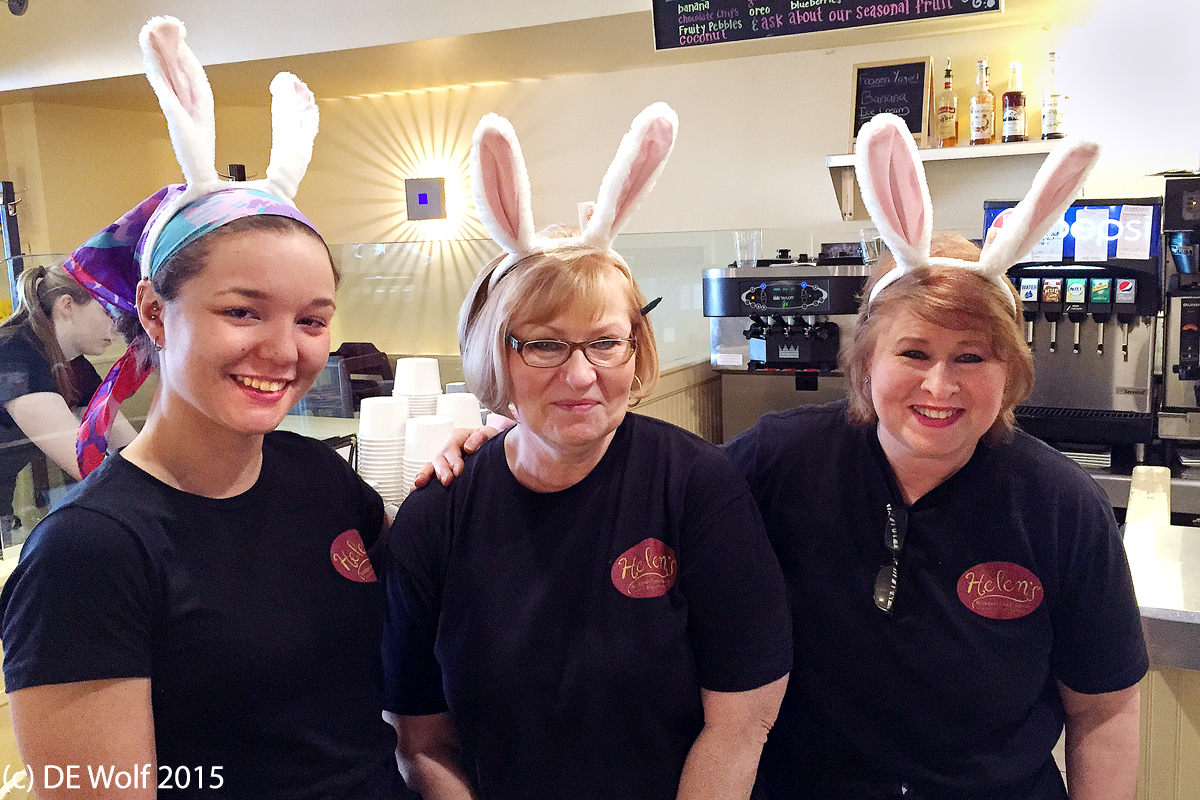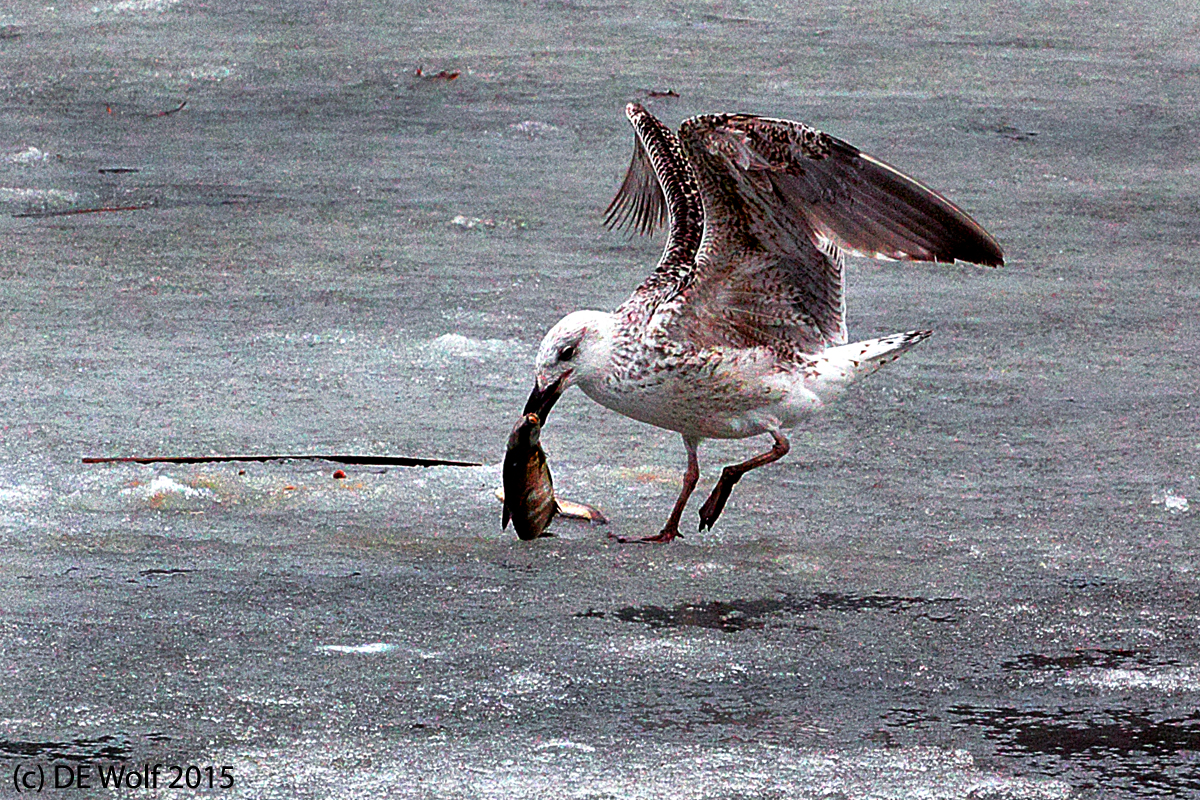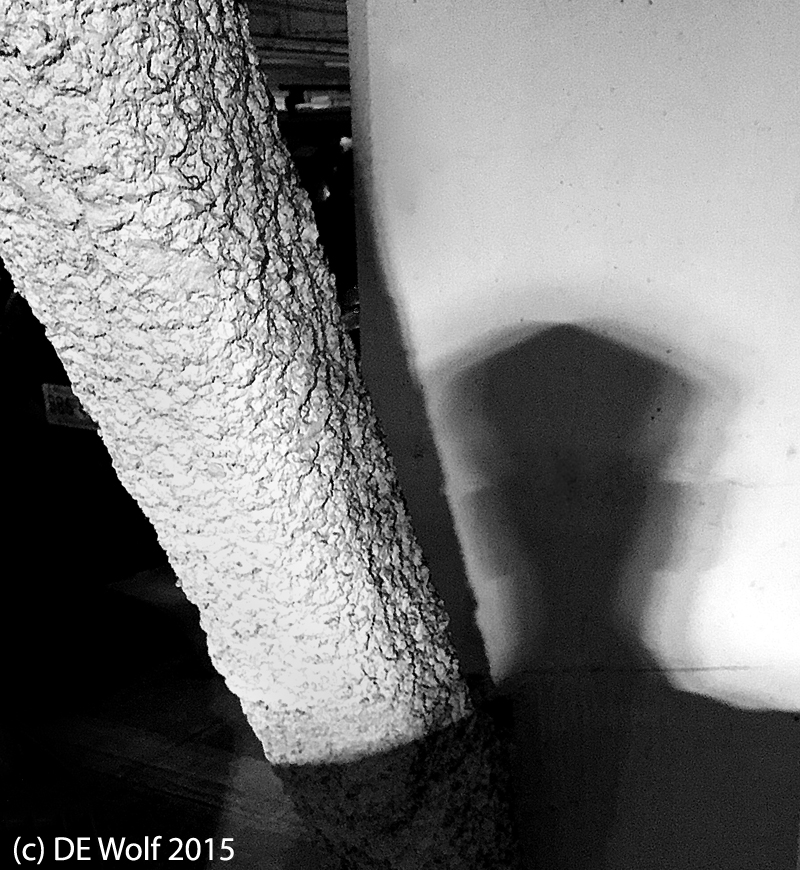The Cranes Are Flying is a 1957 Soviet film about World War II. It depicts in the deepest sense the cruelty of war. But it ends on a hopeful note when it is observed that the cranes have returned on their winter migration to the arctic. I always have that film in mind, when I watch the great bird migrations, which if we are observant we can see even in a city like Boston. Species leave in the fall and return in the spring. It is truly an exhilarating sight, because just as in the movie the point is that, however cruel the human world, nature remains in its consistency.
So perhaps, dear reader, you will find it uplifting to see some wonderful photographs of the 2015 return of hundreds of thousands of Sandhill cranes to Nebraska on their annual migration. There are a couple of these images that I think especially noteworthy. The first is an image of the cranes in wild flight against a deep blue sky at dusk by Jim Lo Scalzo for the EPA (European PressPhoto Agency). The important point here is that sometimes you don’t need detail and sharpness to tell the amazing story. And second is another image also by Jim Scalzo showing the cranes gathered in front of an abandoned Nebraska farm house. This could just have easily (well maybe not easily or even in color) been taken a century ago. Therein lies the continuity, and I hope that everyone is just a little bit more relaxed and inspired by the awe and continuity of nature.





